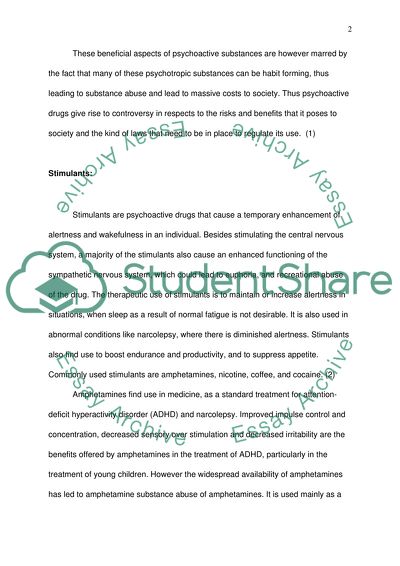Cite this document
(Chemical Substances with Psychoactive Effect Coursework, n.d.)
Chemical Substances with Psychoactive Effect Coursework. https://studentshare.org/chemistry/1706307-psychoactive-drug
Chemical Substances with Psychoactive Effect Coursework. https://studentshare.org/chemistry/1706307-psychoactive-drug
(Chemical Substances With Psychoactive Effect Coursework)
Chemical Substances With Psychoactive Effect Coursework. https://studentshare.org/chemistry/1706307-psychoactive-drug.
Chemical Substances With Psychoactive Effect Coursework. https://studentshare.org/chemistry/1706307-psychoactive-drug.
“Chemical Substances With Psychoactive Effect Coursework”. https://studentshare.org/chemistry/1706307-psychoactive-drug.


